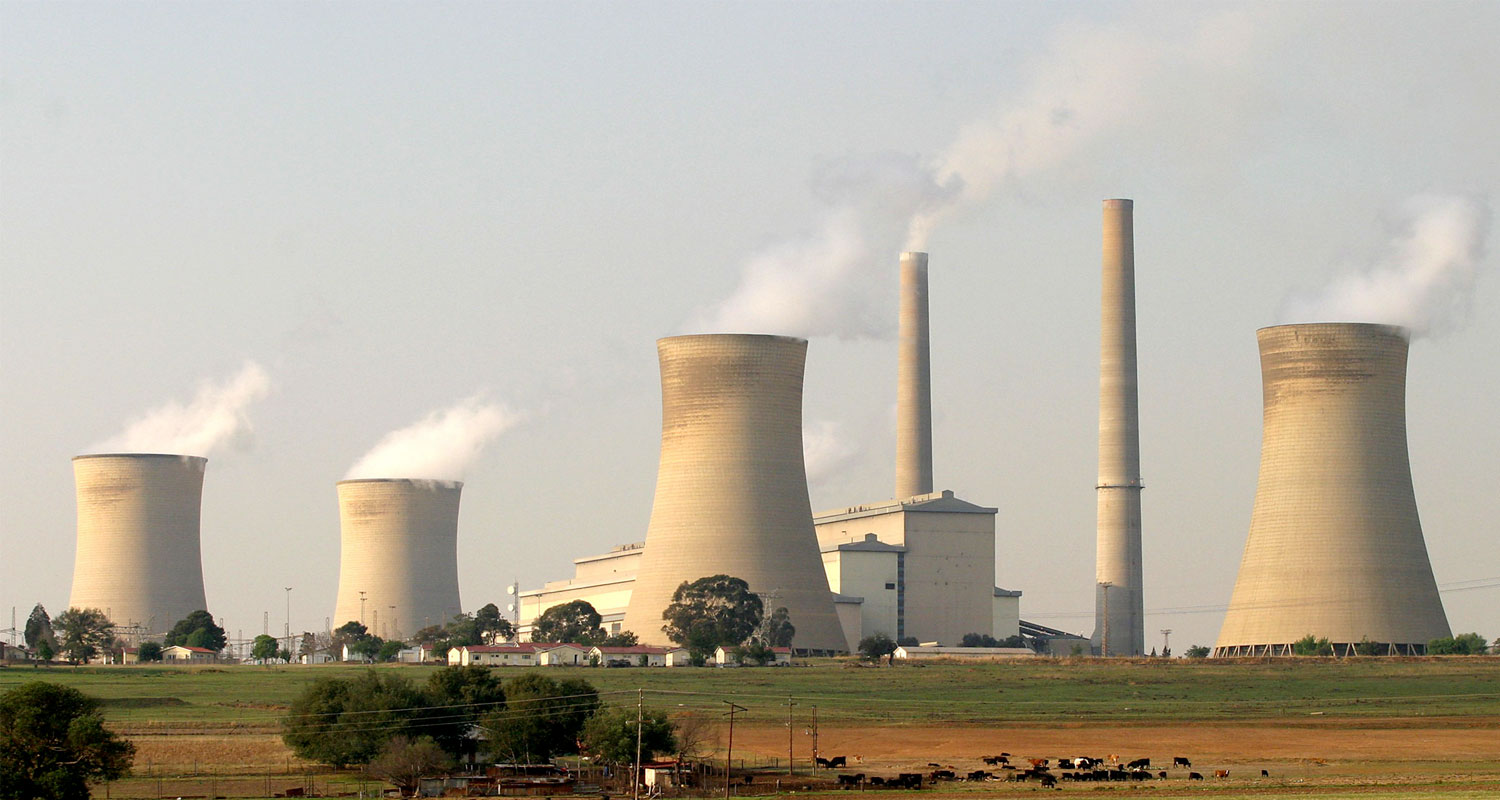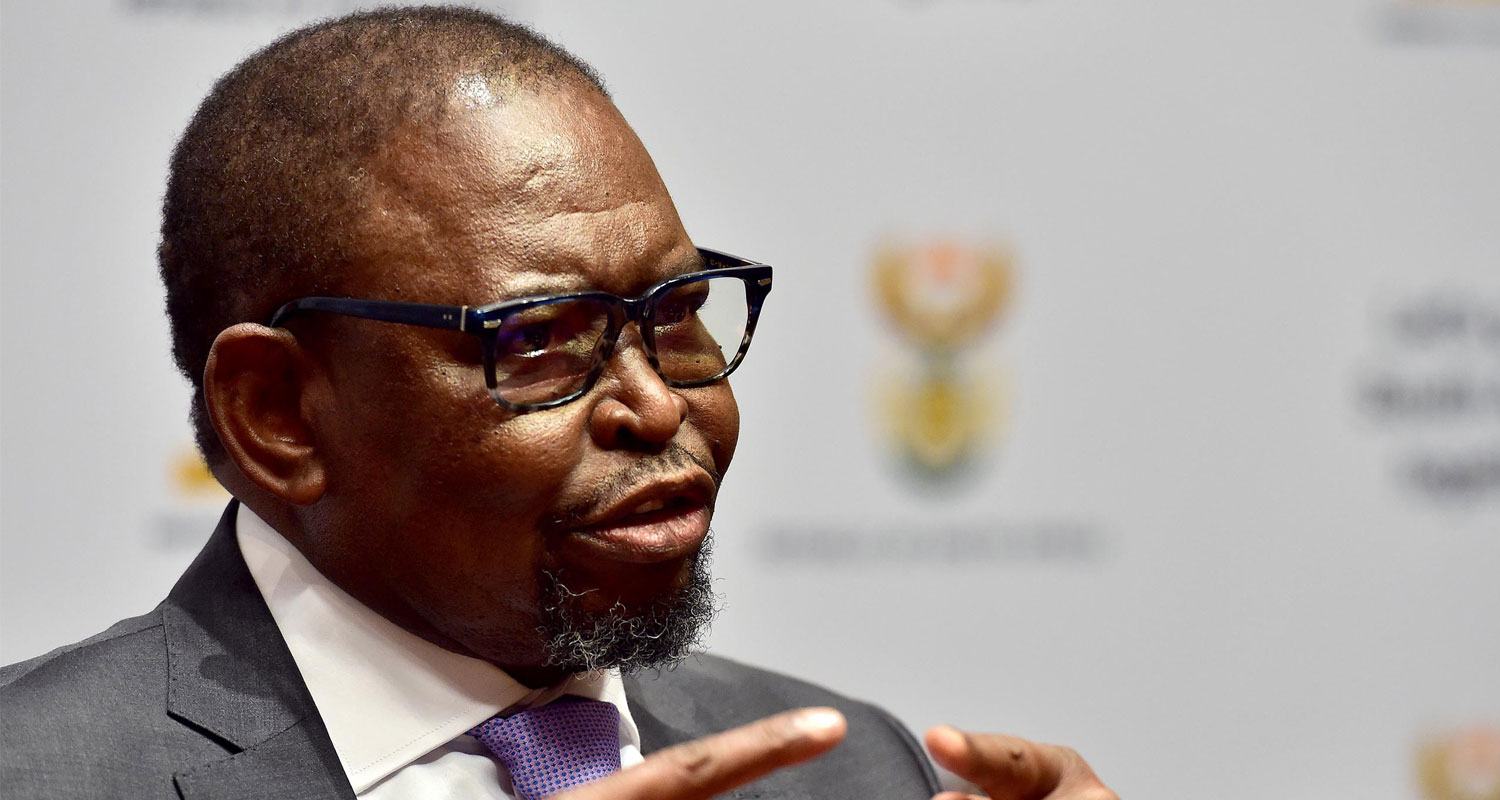 Investors welcomed plans by government to take on 60% of Eskom’s debt over the next three years, saying it could pave the way to a sustainable future for the troubled state utility.
Investors welcomed plans by government to take on 60% of Eskom’s debt over the next three years, saying it could pave the way to a sustainable future for the troubled state utility.
Eskom, which has received R263.4-billion in bailouts since 2008/2009, is implementing the worst power outages on record as it fails to generate enough electricity to keep the economy running.
Government, which has struggled for years to overhaul the power firm, plans to take on R254-billion of Eskom’s R423-billion debt that national treasury said was at risk of default.
That was the upper end of the one-third to two-third range set out last year, prompting the rand and Eskom’s international dollar bonds to rally.
“It’s slightly more than what the market was expecting,” said Max Wolman, a senior portfolio manager at Abrdn, which holds Eskom’s overseas bonds. “Interest costs should come down and that should make Eskom a viable … going concern.”
Eskom’s international dollar bonds rallied for a second day on Thursday, with the 2025 and 2028 maturities that don’t have government guarantees chalking up the biggest gains. The 2025 bond has gained nearly 4c in the dollar since Tuesday’s close, hitting a near-one-year high of 98c.
Treasury said that it would settle R184-billion that Eskom owes over the next three years via a loan that converts to equity in the utility and then take on R70-billion rand of debt directly in the 2025/2026 financial year.
‘Positive’
“A commitment to cover all interest cost and debt maturities for three years is among the strongest credit commitments a sovereign can make for a quasi-sovereign, in our view, and guarantees Eskom’s near-term financial health,” Michael Kafe, a Barclays analyst, said in a note to clients.
The phased approach, meanwhile, speaks to the government’s fiscal caution, “which is positive for investor confidence”, said Khanyisa Phika, an economist at Alexforbes, a financial services firm that holds Eskom debt. “We are certain that government is actually serious about turning around Eskom.”
“It’s highly likely that it’s credit positive for Eskom and credit-neutral for the sovereign,” Jones Gondo, an analyst at Nedbank, said of the plan. “If they don’t meet the conditions of operational performance, then the loans they’re getting from the government don’t convert into equity and that slows down the credit trajectory.”
Read: De Ruyter ousted after tearing into the ANC
Multiple credit rating upgrades are likely for Eskom, which is currently rated a number of notches below South Africa’s government, Zafar Nazim, an analyst at JPMorgan said in a note to clients.
Eskom’s creaking coal-fired power stations and mismanagement are among factors that have left South Africa with its deep power deficit.

Finance minister Enoch Godongwana said there would be no more bailouts for Eskom after this one, adding that if it failed to comply with the debt relief conditions, then “heads must roll”.
The conditions include using the debt relief to only settle debt and interest payments and requiring Eskom to prioritise maintenance of its dilapidated coal power stations and capital expenditure on transmission and distribution.
But some investors said more clarity was required on these conditions and their enforcement.
“Other than withholding subsequent relief payments, there is no indication of other steps treasury will take to assist the utility to return to sustainability,” said Raphi Rootshtain, a portfolio manager at Sasfin Wealth. — (c) 2023 Reuters




